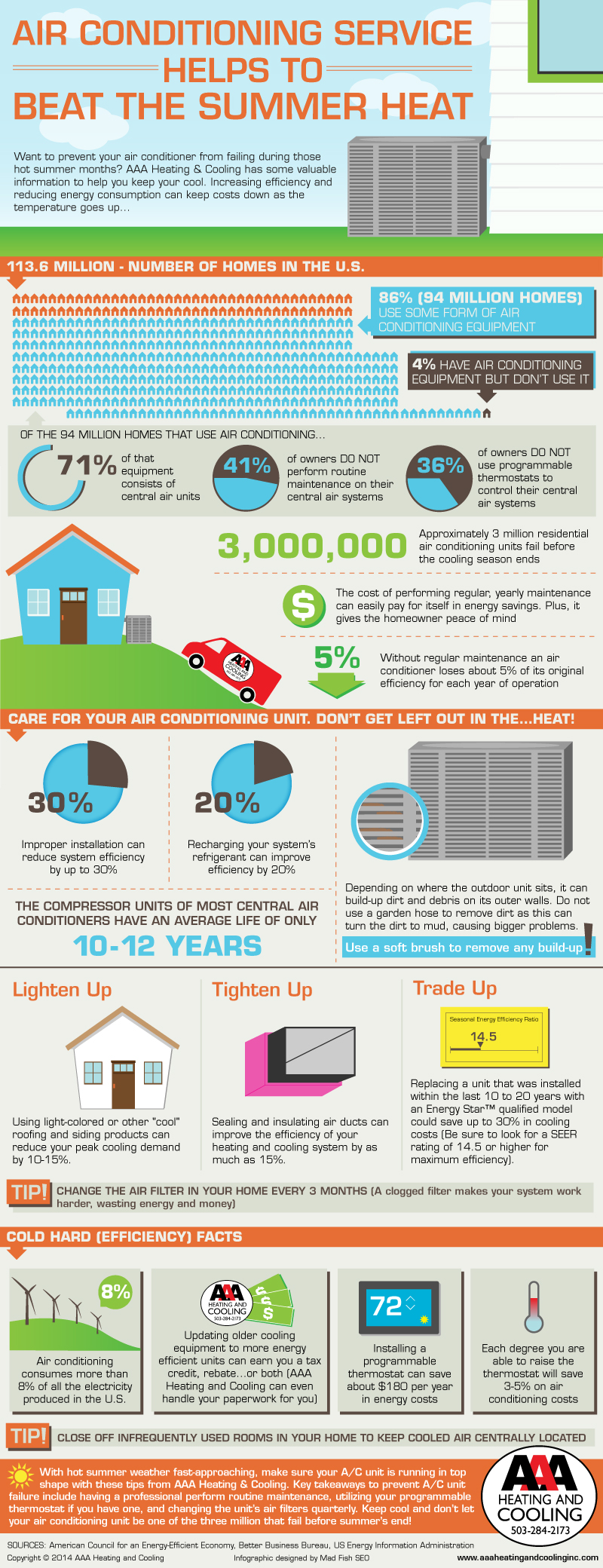Understand How To Make The Most Of The Performance And Longevity Of Your Heat Pump System By Avoiding Regular Installation Risks
Understand How To Make The Most Of The Performance And Longevity Of Your Heat Pump System By Avoiding Regular Installation Risks
Blog Article
Post Writer-Lykke Rankin
When mounting a heatpump, you should stay away from typical mistakes that could threaten its efficiency. Neglecting appropriate sizing may cause inefficiencies and greater utility expenses. Overlooking insulation and securing might result in energy waste and pressure on the unit. Furthermore, positioning the exterior unit inaccurately may impact its efficiency. By preventing these errors, you can guarantee optimal operating and resilience of your heatpump system.
Improper Sizing of Heat Pump
When it concerns the installation of heat pumps, among one of the most usual errors is poorly sizing the device for your room. Making certain the ideal dimension is vital for optimal performance. If the heat pump is too small, it will certainly struggle to warm or cool your area successfully, resulting in enhanced power costs and potential deterioration on the system.
On the other hand, if the heat pump is also big, it will certainly cycle on and off frequently, triggering temperature changes and reducing its life-span.
To avoid this blunder, it's necessary to have an expert evaluate your room and suggest the ideal dimension of the heatpump based on variables like square footage, insulation, ceiling elevation, and neighborhood environment. By investing the time and initiative to make sure the correct sizing, you can take pleasure in a comfortable setting while taking full advantage of power efficiency and lengthening the life expectancy of your heatpump.
Inadequate Insulation and Sealing
To make sure the effective operation of your heatpump, it's critical to attend to poor insulation and sealing in your room. Proper insulation aids keep a regular temperature level inside, lowering the workload on your heat pump. Poor insulation can bring about energy loss, making your heatpump job harder and less successfully.
Securing any kind of voids or leaks in your area is just as important. These gaps permit conditioned air to leave and exterior air to permeate in, forcing your heat pump to compensate for the temperature level variations.
Inaccurate Positioning of Outdoor Device
Resolving the placement of your heatpump's outside unit is key to optimizing its performance. Setting up the exterior device in a wrong location can lead to effectiveness problems and possible damages to the device.
One common mistake to stay clear of is placing the outside system as well near to a wall or other structures. This can restrict airflow, triggering the system to work more difficult to heat or cool your room, eventually reducing its efficiency and life expectancy.
An additional mistake to avoid is positioning the outdoor device in direct sunshine. While some sunlight is unavoidable, too much exposure can lead to overheating, particularly throughout hot summertime days. daikin heat pumps christchurch to place the outdoor system in a shaded area to aid keep its optimum operating temperature level.
In addition, make sure that the outdoor unit is put on a steady and level surface. https://air-conditioning-system-d21986.atualblog.com/36617682/misconceptions-bordering-heatpump-repair-works-exposed-what-you-truly-required-to-recognize can trigger vibrations and unnecessary pressure on the system, influencing its performance in time.
https://www.prnewswire.com/news-releases/resolve-to-cut-your-energy-costs-in-2022-with-these-seven-tips-301459128.html
To conclude, avoiding typical mistakes during heat pump installment is important for optimizing efficiency and long life of your system. By guaranteeing proper sizing, sufficient insulation, securing, and right positioning of the exterior unit, you can protect against problems such as inadequacies, boosted power bills, and pressure on the system. Taking the time to deal with these vital variables will eventually save you time and money in the future.
